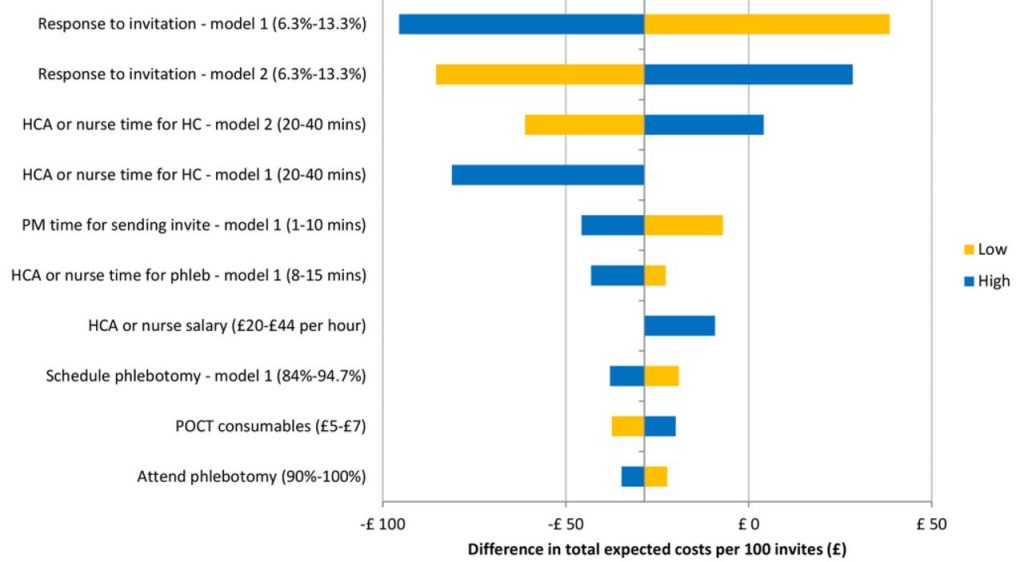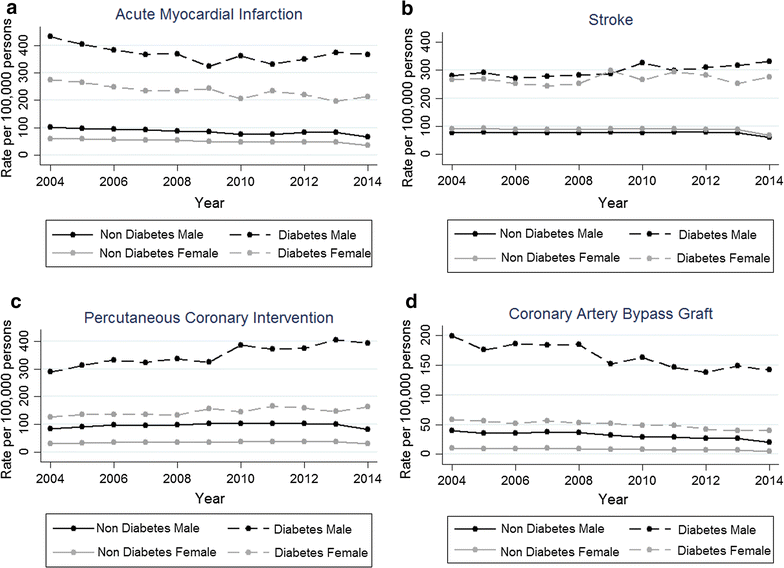Dr Kevin Patel from the Imperial GP Specialist Training Scheme takes a reflective look at the factors that go into making a good clinical attachment for trainees.
As GP trainees we are ‘encouraged’ to reflect; challenging encounters with patients, conversations with colleagues that could have gone better, moments when you felt like you were born to do this job. All of this is good fodder for your ePortfolio.
Not one to miss out on a reflective opportunity, I took a step back from a discussion that was taking place about difficult rotations, a conversation I imagine that is oft-repeated amongst GPs and hospital doctors up and down the country, and thought about how we could use our experience as GP trainees to feed into this.
As trainees we rotate into diverse placements, from paediatrics to public health to care of the elderly. I counted at least 15 distinct departments I have worked in since finishing medical school just over 5 years ago. This is more than any other specialty trainee and if only through sheer volume, it provides us with a unique perspective on what makes a ‘good’ or successful placement and allows us to see how things are managed differently between the numerous specialties both clinically and non-clinically.
Back to the conversation, I heard talk of punishing on-calls, a lack of support; unsympathetic supervisors and acting above one’s role though interestingly not necessarily competence. I then thought about my own experience of certain jobs and what it was that made me love one rotation and what it was about another that filled me with dread going to bed each night.
Below I’ve listed a number of factors that I think are key to influencing one’s experience of a ward or practice. And whilst not exhaustive, I feel they are fundamental determinants of that ‘holy grail’ of rotations which are enjoyable, challenging and ultimately fulfilling. There are however, some factors that are somewhat beyond our immediate control:
Time – This is something that no matter how hard we try we simply cannot create more of. But all departments have this problem, what is it about those places that don’t seem to be creaking at the seams, and what is it about those places that do?
Patient load – If there are sick patients, we see them. Be that in A&E or in GP where we (wo)man the gateway to the rest of the NHS. Yes, hospitals can be closed to admissions and there might not be enough scheduled GP appointments but those who are in need get seen. How busy you are on a rotation invariably colours your opinion of that time and the upstream consequences of such scenarios is a whole other blog-piece.
Staffing Levels – Feeling like you have sufficient time to give to your patients is essential not only for your peace of mind but also patient safety:
Did I do everything I needed to for that man, or was it the minimum until I see him in 2 weeks?
This child needs a cannula for his antibiotics but I need to review the girl with asthma first.
I don’t want to leave this woman who is having a miscarriage but my registrar needs me in theatre to assist for an emergency caesarean section.
My own experience and that of my peers seems to be that those rotations where we did not routinely come across these dilemmas were better regarded and often because they had that one extra doctor or where the rota was designed with a minimum number of SHO’s per day or, like in one utopian department, where they have a stand-by doctor who can come in when the team are up against it. With the real-life examples above, you are left upset, demoralised and at risk of burn out.
Of course there are funding issues and these are not easy to resolve, but we have seen recommendations for safe nurse: patient ratios since the Francis Report into Mid-Staffordshire Foundation Trust [1]. Does something similar need to happen for the doctor to patient ratio to allow us to provide the level care the public want and deserve thus ensuring we are not forced to give a substandard service?
However, there are many aspects which, for me make for an enjoyable experience and a happy workplace which are less bound by absolutes.
Pace – Some of us thrive off pressure, battling through to the end of the day. Others will be the polar opposite, but most I suspect will want a happy medium; keeping our brains engaged, working together with patients to find solutions to their problems and not faced with scenarios akin to those above. The sense that I get from talking to some of my colleagues is that a happy workplace is also one which allows you to take 10 minutes to make a personal call, work on a research paper when it’s quiet or pop to the bank. There is something about having the space to do these things that makes you feel valued as an individual and not being able to do so leads to a sense of resentment.
Personal Development: A workplace that sees your value as a person as well as a doctor. This is often influenced by your immediate supervisor but jobs that I have found the most rewarding were those where you are not so much permitted but rather encouraged to attend courses that are related to, and also sometimes tangential to your training. This could be where personal interests are incorporated into projects or just the source of 5 minutes of conversation. For example, a consultant once heard me talking to the art therapist on the ward about how I was taking an evening class in ceramics. She then ensured I finished on time every Tuesday afternoon so I would not be late.
Respect – This is something that is hard won as a junior. Being recognised for your experience in a previous ENT or psychiatry rotation, for example, is something that is quite powerful but when none of your efforts are acknowledged and your previously acquired skill-set is side-lined your morale can take a knock. Equally, we all know we are here to learn and do not know everything and so acknowledging strengths is just as important as how weaknesses are nurtured.
Empathy – The job can be difficult. We know this and those above us definitely know this because they have been there before us. A simple acknowledgement or willingness to muck in makes you feel stronger as a team and less isolated. More often than not, you’re spurred on to work a little harder. However, when there is a shrug to your succinct history or sigh at your plea for help the seeds for an unhappy workplace are sown.
Fun! – I think this is a product of all the positive aspects above. If you have these then you probably have some, if not most, of the key ingredients to a happy workplace. Friendships develop between staff regardless of role, dinners just seem to get organised and an after-work drink every so often becomes the norm as compared to a mandated evening of fun once every 6 months.
Going back to the conversation at the start, I concluded that there is actually very little between what makes a ‘good’ or ‘bad’ placement for a trainee or rather how there is a fine line between the two. I also thought about how much of the good or indeed bad seems to trickle from those in senior roles and how it is true leadership that creates a culture that is fulfilling for those that are passing through or for those who are there for the long run.
Read What makes a good clinical training placement? in full


